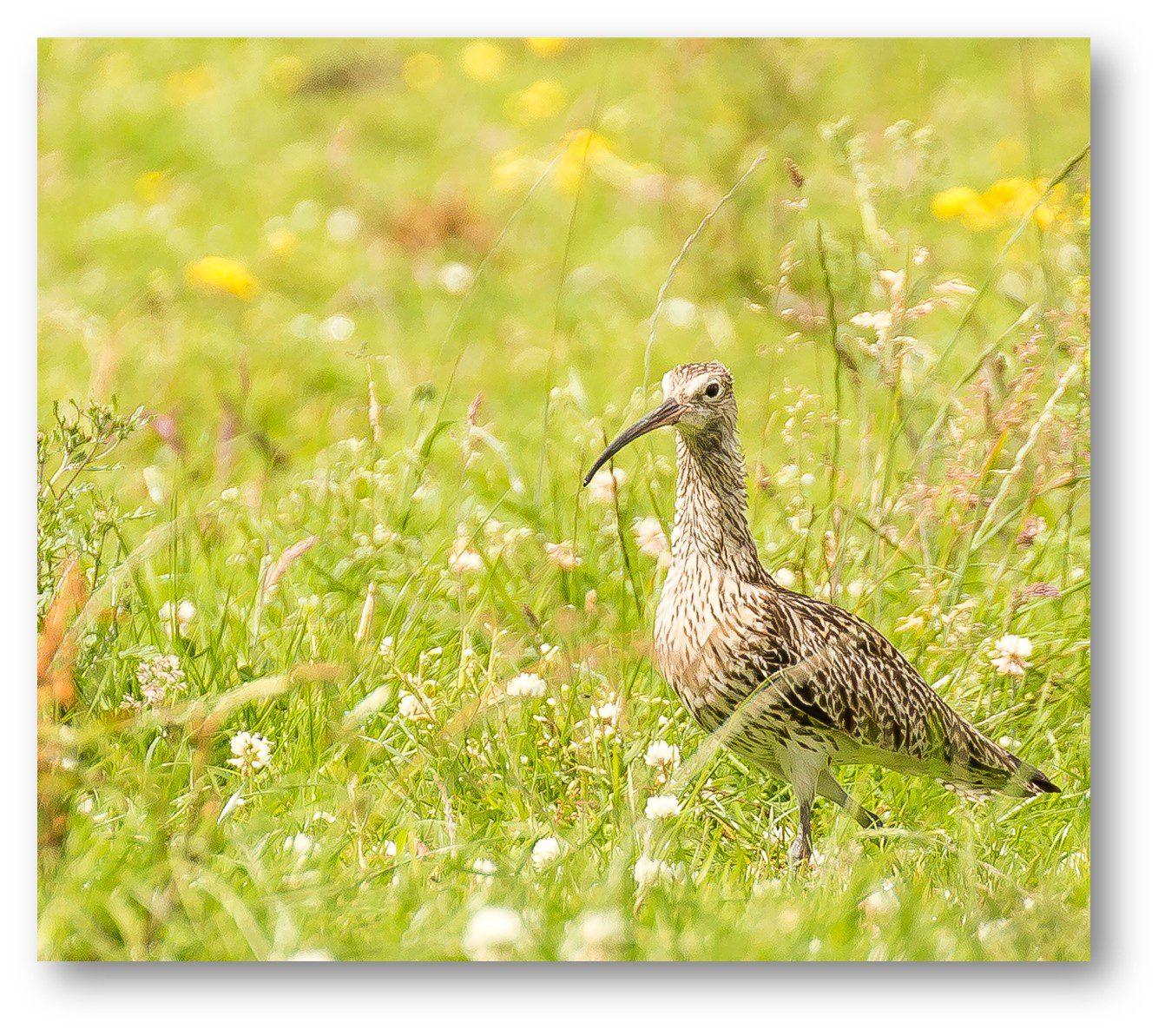Late into Thursday night, The Nature Restoration Law was subjected to intense scrutiny, criticism and alteration as the European Parliament, European Commission, and Council of Europe representatives concluded trilogue discussions to address the differences of opinion in the three institutions on the ambition of the law.
Though, in several ways, the law emerged weaker and less ambitious than the original Commission proposal, the eventual agreement between the institutions on its contents brings us one step closer to the implementation of an eagerly-awaited and historic piece of legislation.
BirdWatch Ireland welcomes many of the targets set for nature in the proposed law, though we are concerned with the addition of exemptions which could serve to undermine the legislation.
The fact that all ecosystems are included in the document once again, albeit with weaker targets, is certainly to be welcomed. Having previously been dropped from the Parliament position, Article 9 on agricultural ecosystems is back in place. While action on farmland was always going to be voluntary and never forced on farmers, the word voluntary is explicitly included now. Targets for rewetting of peat soils are also back in though they are weakened too. Earlier this year BirdWatch Ireland hosted a webinar on raising the water table on agricultural peat soils in order to inform this hotly debated discussion.
Other aspects to be welcomed include time-bound restoration targets for terrestrial and marine habitats for 2030, 2040 and 2050, making the legislation effective and clear for the Member States to implement. A target to reverse pollinator decline by 2030 is a win for nature, as is the inclusion of wording around pollinator diversity, the need for representative sites for Member State monitoring and the establishment of a pollinator task force by the Commission.
Despite the fact that they are weaker than we had hoped, provisions have been included regarding the law’s interaction with the Common Fisheries Policy, something that we and our Fair Seas coalition partners were keen to see.
While it is true that the Nature Restoration Law as it stands has some positive elements and Thursday’s step forward must be welcomed, several aspects of what was agreed upon on Thursday give cause for concern. The inclusion of numerous derogations for Member States offers loopholes in areas where we really need to see a strong and unwavering commitment from all. A shift from outcome-based targets to efforts-based targets is a move we are not in favour of, while the “Emergency Brake” in relation to Article 9 on agricultural ecosystems is concerning. This emergency brake, as requested by Parliament, would allow targets for agricultural ecosystems to be paused if they create severe EU-wide consequences on the availability of land required for food production.
The provisional trilogue agreement will now be presented at the next Coreper meeting, who will give green light for the text to go to the Environment Committee (ENVI) of the European Parliament for voting. The tentative date for this EP ENVI vote will be the 29th of November. After that, final voting will take place in the EP Plenary meeting, before it will be up to the Member States again in the ENVI Council to give their approval for final adoption.
Following months of discussions and a disinformation campaign that had the proposed legislation at its centre, Thursday’s agreement is positive and brings us one step closer to a Nature Restoration Law. However, in the face of the climate and biodiversity crises, there is no time for delay. The next step is for the European Parliament to rubber-stamp the legislation. We hope that the law will be passed soon without further weakening. We need this law in place as soon as possible.


